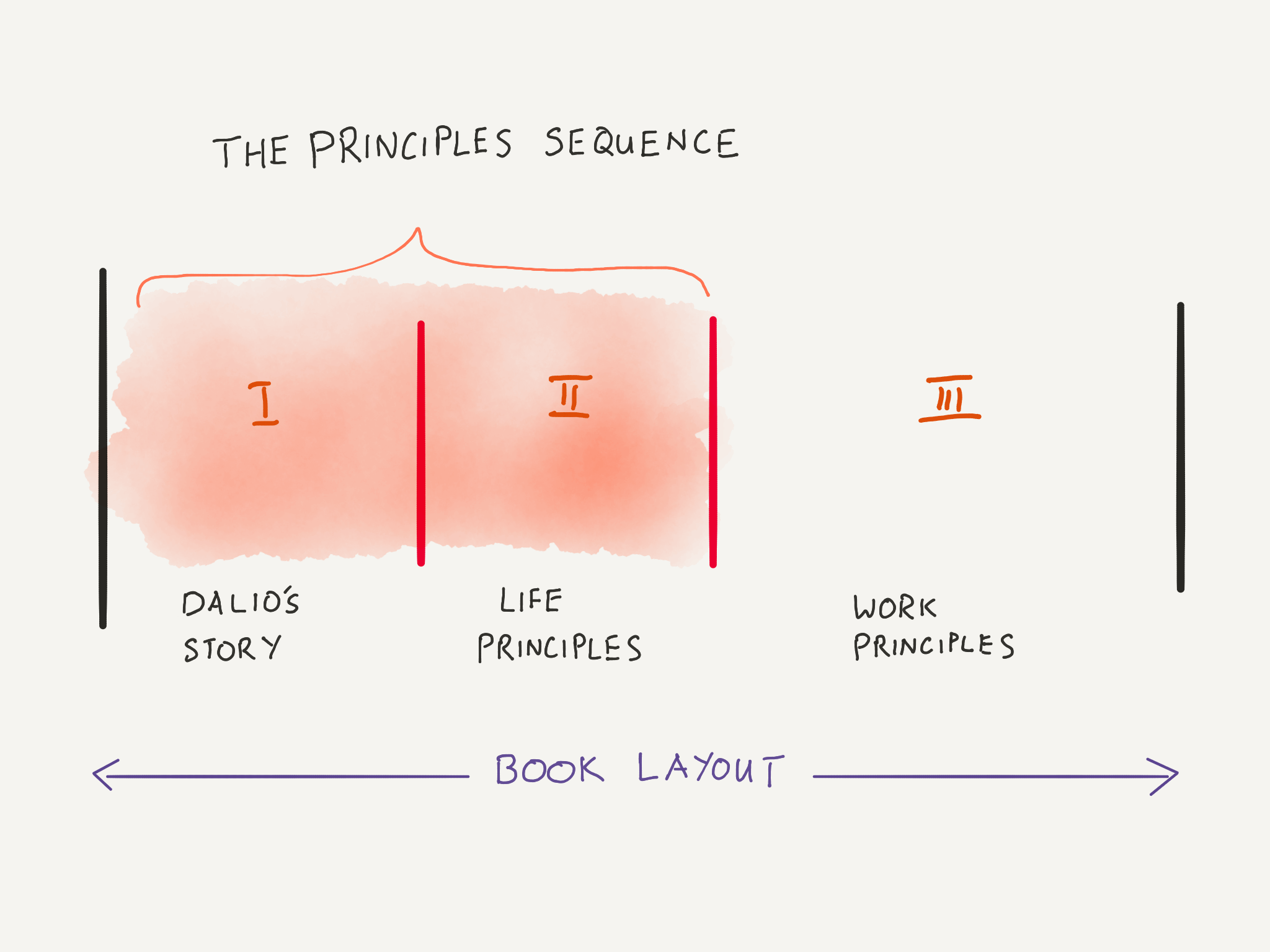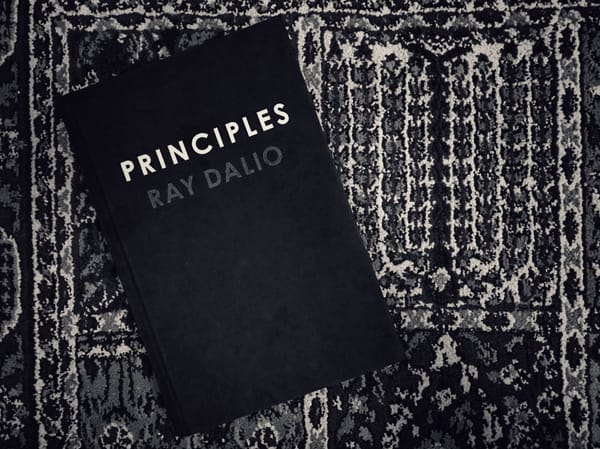In 2011, I read a free, online-only book by Ray Dalio named Principles that changed my life.
The Principles Sequence is a summary of that book.
Ray Dalio is best known for starting Bridgewater — one of the largest and best performing hedge funds in the world. The book was then a handbook for Bridgewater employees, but was really a how-to guide to becoming effective at life — that is, achieving your goals, no matter how difficult things might be. In 2017, Dalio published a paper edition of the book with publisher Simon & Schuster.
Both versions of Principles contain a mix of rationalist ideas on being effective, advice on good decision making, and some self-helpy bits about self control and self regulation.
The Principles Sequence is a series of posts about this second edition of Principles. In this sequence, I summarise Dalio's ‘Life Principles’, which form the core set of ideas in the book. I also place the book in the broader context of Dalio's life and career, and record my personal reflections on the impact of those ideas on my life.
You should read this if you don't have time to read Principles, but still want to benefit from Dalio's ideas.
The sequence is in eight parts, at 10-15 minutes reading time each.
Get a free ebook copy of the Principles Sequence by entering your email below:
The Principles Sequence
- Building Career Moats: A Confession
- Principles: A General Summary
- Ray Dalio's Hyperrealism
- Dalio's 5 Step Process (To Getting What You Want Out Of Life)
- On Lying to Yourself
- Understand that People are Wired Very Differently
- Being an Effective Decision Maker
- The End of the Principles Sequence
A Note on Book Structure

The book is divided into three parts:
- Part One: Dalio's Story — a condensed version of Dalio's personal history.
- Part Two: Life Principles — Dalio's approach to life.
- Part Three: Work Principles — Dalio's approach to building Bridgewater.
The Principles Sequence is centered around Parts One and Two, the two most valuable parts of the book. Dalio intended Part Three to be a reference — you were supposed to read Parts One and Two sequentially, and then jump around to the bits that most interested you in Part Three. For good reason: not all the ideas in Part Three are universally applicable.
If you want a longer argument for why you might find the book interesting, jump to Part 2 of the Sequence.

Psst: did I mention you can download a beautifully formatted ebook of the entire sequence? Great for long train rides with bad internet. Totally free:

